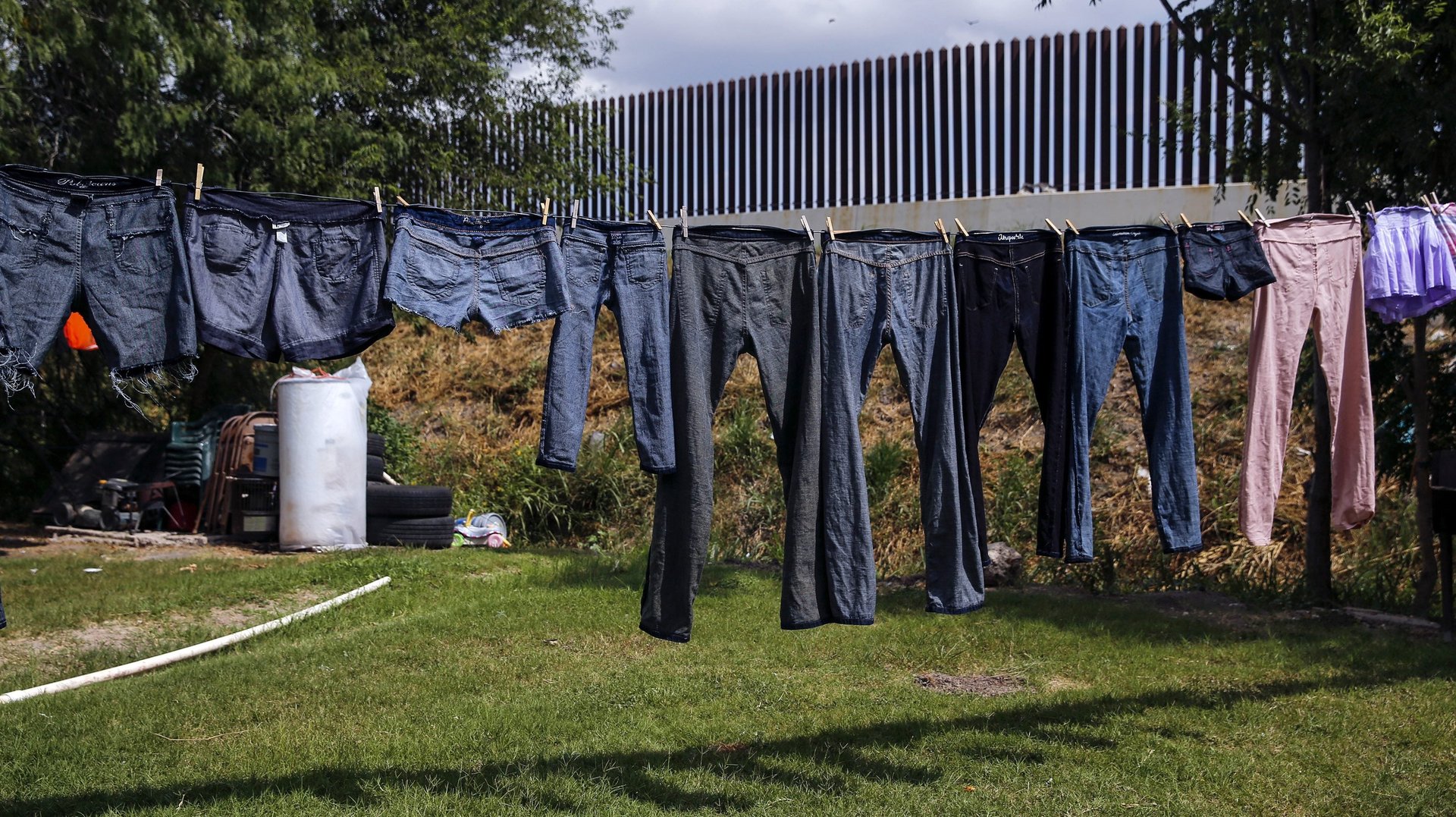Trump is going to have to sue Americans in order to build his border wall
There’s a reason why a big portion of the US-Mexico border remains unfenced: People live there.


There’s a reason why a big portion of the US-Mexico border remains unfenced: People live there.
The largest gap in existing border fencing is in Texas, where much of the land across the river from Mexico is privately owned. In order to build his promised border wall, US president Donald Trump is going to have to convince those landowners to sell their property, or push them out.
The Trump administration has already sent condemnation notices to some Texas residents whose properties back the Rio Grande. One of them was offered $2,900 for 1.2 acres that have been in her family for generations, the Texas Observer reports.
Not everyone will want to cede their land, or have their backyards intersected by a 30-foot wall, so the Trump administration is gearing up for court battles. In his budget proposal to Congress last week, the president requested funding for 20 additional lawyers (pdf) at the Department of Justice to secure the sites to build his wall.
The government has widespread power to seize people’s property in the name of national security, but its decisions can be contested in court. That’s what happened last time the federal government sought to take private land to build border barriers, under president George W. Bush. A single federal court in Brownsville, Texas, heard more than 300 related eminent-domain cases, according to NPR.
Some of those cases stretched well beyond Bush’s administration, and the government had to pony up significantly more than its original offers in order to close them. Nearly a hundred cases are still pending.
Landowners and their advocates are getting ready as the Trump administration steps into the same fight, which the Obama government largely abandoned. The goal this time is to present a unified front instead of a hodgepodge of individual cases, said Brooke Bischoff, an attorney with the Texas Civil Rights Project, a legal advocacy group.
She and other lawyers are drafting eminent-domain defenses that could be used in multiple cases, and recruiting others to do pro bono work. They’re also planning know-your-rights workshops.
“This is not necessarily some barren wasteland,” she said. “There are large communities; there are ancestral homes here.”
In the end, Trump’s pet project might suffer the same fate as Bush’s secure fence, which was supposed to be reinforced and stretch over at 700 miles. That initiative got reduced to a haphazard collection of barriers—some of them easily scalable— due to high costs, landowners’ legal challenges, and Texas’s unforgiving terrain. “They’re going to run into the same political obstacles and priorities,” says Reggie Thompson, an analyst with risk-assessment firm Stratfor.